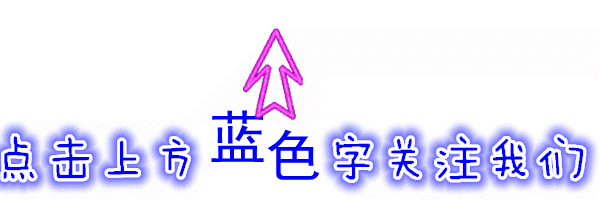
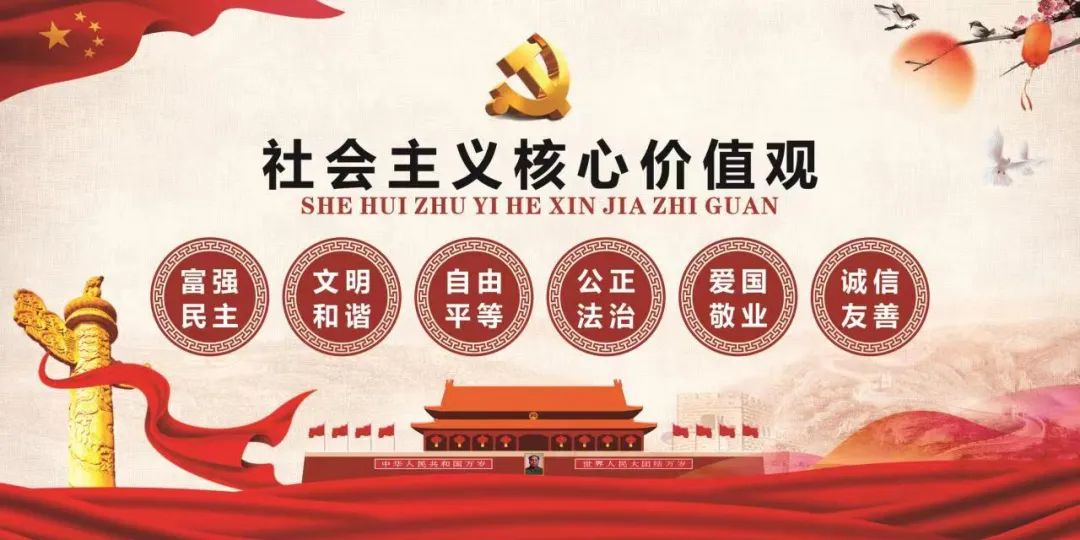
Recently, there has been an increase in patients visiting the clinic with headaches. Most of these cases have arisen due to the sudden drop in temperature, leading to exposure to cold while outside. Patients report frontal headaches, migraines, and generalized headaches. The onset is often sudden, with severe pain that can radiate to the neck and back, typically presenting as a tight, constricting sensation, accompanied by a fear of wind and cold. What methods does Traditional Chinese Medicine (TCM) offer for treating this type of wind-cold headache?

1. Herbal Decoctions for Headache Relief
Treatment Principle: Expel wind and disperse cold
For treatment, decoctions or patent medicines can be selected that include herbs such as Chuan Xiong (Chuanxiong Rhizoma), Jing Jie (Schizonepetae Herba), Fang Feng (Saposhnikovia Root), Qiang Huo (Notopterygium Root), Bai Zhi (Angelica Dahurica), and Wu Zhu Yu (Evodia Fruit).

2. Acupressure for Headache Relief
Selected Points: Taiyang (Sun) and Fengchi (Wind Pool)
To massage the Taiyang point: The Taiyang point is located in the depression between the outer canthus of the eye and the tip of the eyebrow, about one finger’s breadth behind. Use the pads of the middle fingers to press and rub the Taiyang point, while the other fingers remain relaxed and bent, until a sensation of soreness and distension is felt, continuing for 5-10 minutes.
To massage the Fengchi point: The Fengchi point is located at the back of the neck, below the occipital bone, in the depression between the two large tendons, level with the earlobe. Use both thumbs to press and rub the Fengchi point until a sensation of soreness and distension is felt, continuing for 5-10 minutes.
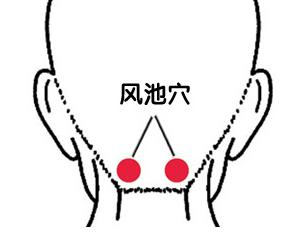
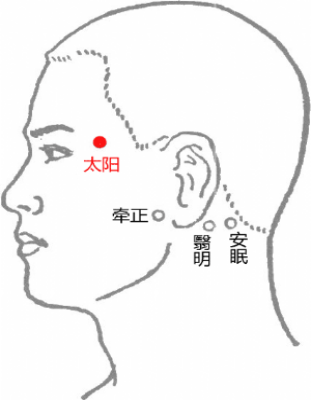

3. Moxibustion for Headache Relief
Selected Points: Fengchi (Wind Pool) and Lieque (Palace of the Wind)
For the Fengchi point: The location method is as described above;
For the Lieque point: It is located on the radial side of the forearm, above the styloid process of the radius, 1.5 cun above the wrist crease, between the brachioradialis and the tendon of the abductor pollicis longus.
Moxibustion Method: Hold a lit moxa stick and apply it to the Fengchi or Lieque point, at a distance of 3-5 cm from the skin, until the area feels warm and comfortable without burning pain, typically for 10-20 minutes per point.
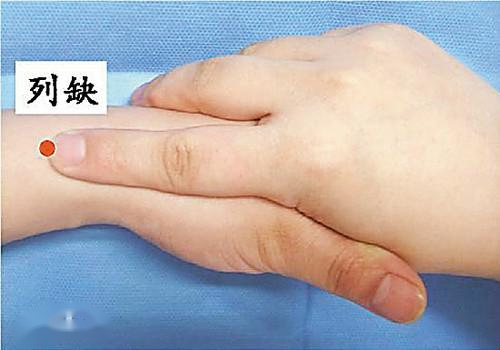

4. Foot Soaking for Headache Relief
Foot soaking, or Mu Zu, is one of the external treatment methods in TCM. It can be done using warm water at a suitable temperature, or with a herbal foot soaking formula that includes Ai Ye (Mugwort), Chuan Xiong (Chuanxiong Rhizoma), Bai Zhi (Angelica Dahurica), Qiang Huo (Notopterygium Root), Du Huo (Angelica Pubescens), Ge Gen (Pueraria), and Fang Feng (Saposhnikovia Root). While soaking, you can also massage the Kunlun and Yongquan points to enhance the pain-relieving effect.
The Kunlun point is located in the depression between the tip of the lateral malleolus and the Achilles tendon;
The Yongquan point is located on the sole of the foot, in the depression formed when the toes are flexed, approximately at the junction of the anterior 1/3 and posterior 2/3 of the line connecting the tips of the second and third toes with the heel.

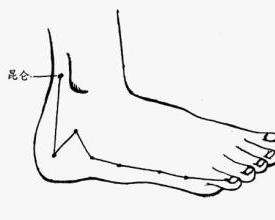
References:
[1] Zhang Jinfeng. Treatment of 27 Cases of Exogenous Wind-Cold Headache with Chuanxiong Tea Decoction. Journal of Henan University of Traditional Chinese Medicine, 2007(01):64.
Author Profile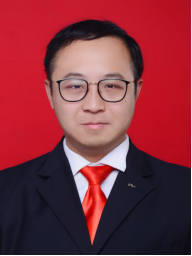 Liu Yinglong, Bachelor’s degree, Attending Physician, graduated from Henan University of Traditional Chinese Medicine with a specialization in Acupuncture and Tuina. He has furthered his studies in the Acupuncture Department of Guangdong Provincial Hospital of Traditional Chinese Medicine. He is a member of the Henan TCM External Treatment Branch of the Chinese Association of Traditional Chinese Medicine and a member of the Zhoukou Acupuncture Society. He has received two municipal-level scientific and technological progress awards and has published four papers. He has been recognized multiple times as an advanced individual in the hospital and an excellent infection control physician. He is a bearer of the Zhoukou intangible cultural heritage project.Specializes in: acupuncture, fire needling, bloodletting therapy for common conditions such as neck, shoulder, waist, and leg pain, post-stroke sequelae, facial paralysis, spleen and stomach diseases, insomnia, eczema, acne, alopecia areata, herpes zoster, pediatric enuresis, and malnutrition.Editor: Yang ChenxiChief Editor: Li QianpingReviewer: Sun Jun
Liu Yinglong, Bachelor’s degree, Attending Physician, graduated from Henan University of Traditional Chinese Medicine with a specialization in Acupuncture and Tuina. He has furthered his studies in the Acupuncture Department of Guangdong Provincial Hospital of Traditional Chinese Medicine. He is a member of the Henan TCM External Treatment Branch of the Chinese Association of Traditional Chinese Medicine and a member of the Zhoukou Acupuncture Society. He has received two municipal-level scientific and technological progress awards and has published four papers. He has been recognized multiple times as an advanced individual in the hospital and an excellent infection control physician. He is a bearer of the Zhoukou intangible cultural heritage project.Specializes in: acupuncture, fire needling, bloodletting therapy for common conditions such as neck, shoulder, waist, and leg pain, post-stroke sequelae, facial paralysis, spleen and stomach diseases, insomnia, eczema, acne, alopecia areata, herpes zoster, pediatric enuresis, and malnutrition.Editor: Yang ChenxiChief Editor: Li QianpingReviewer: Sun Jun


